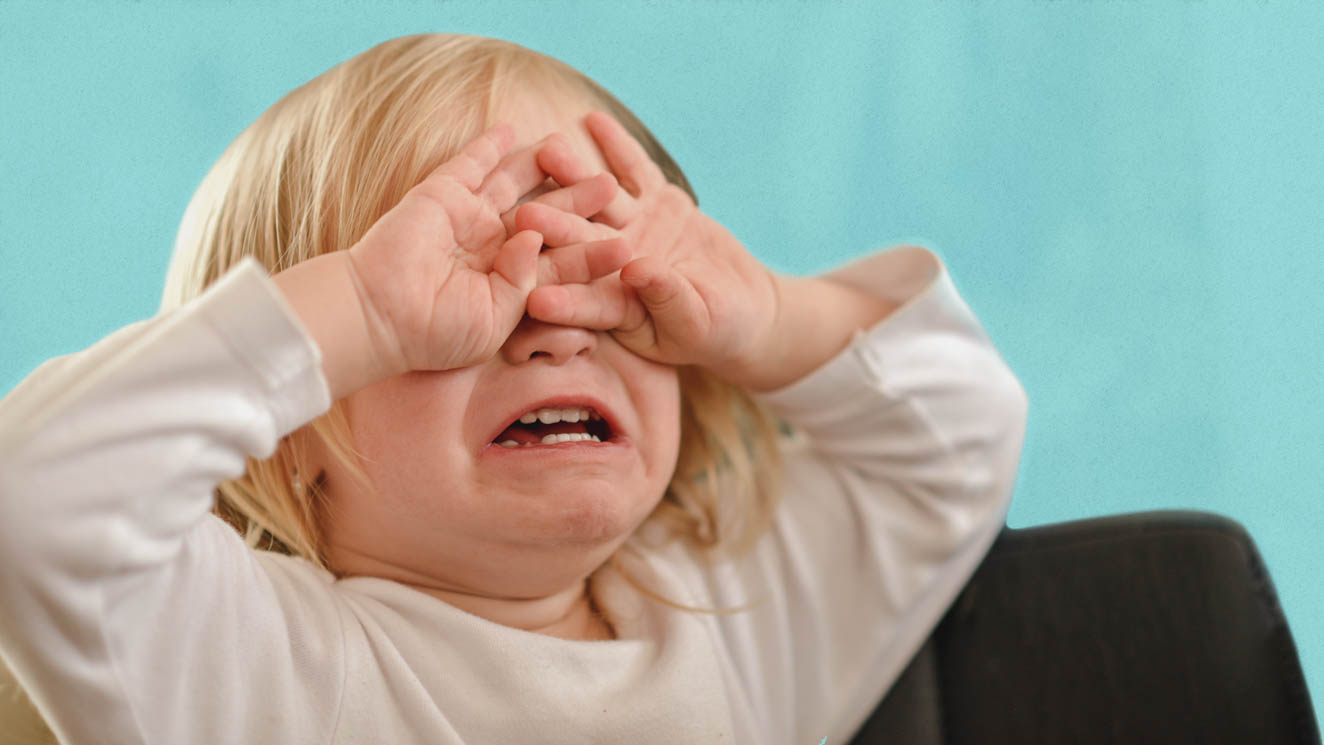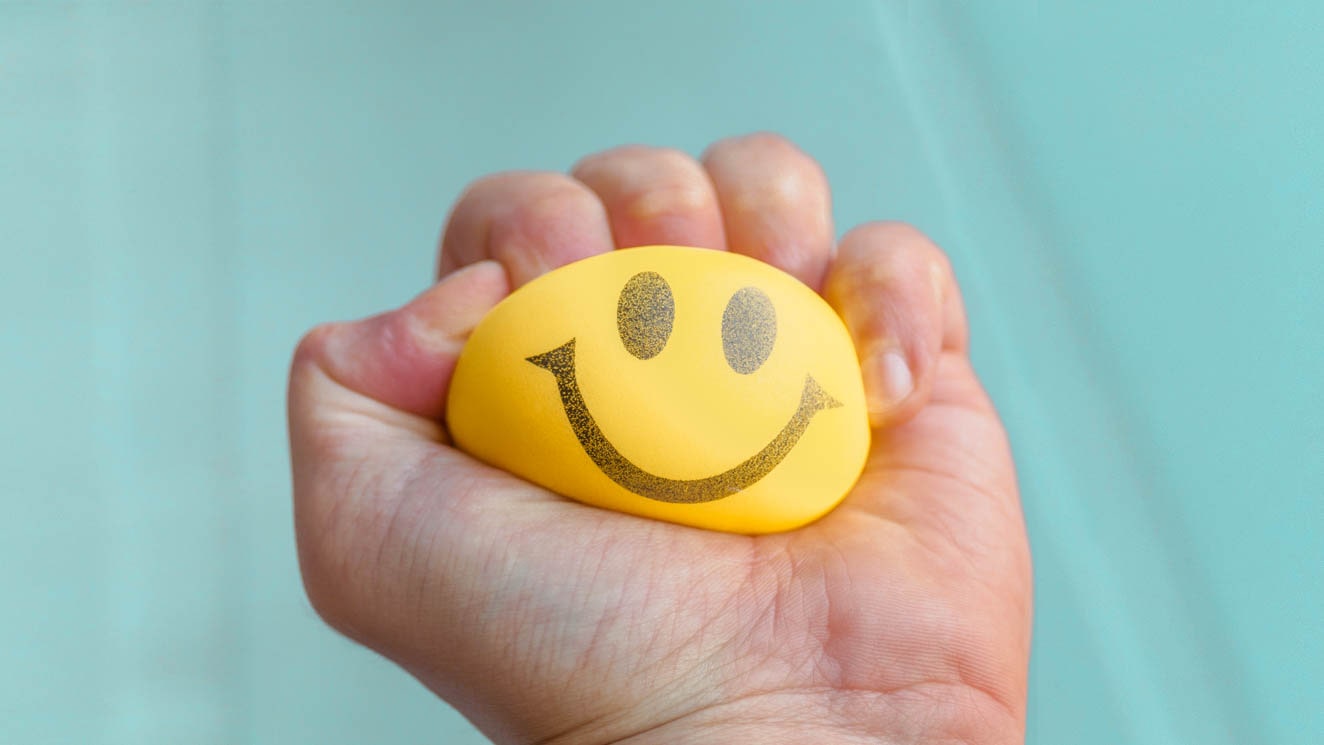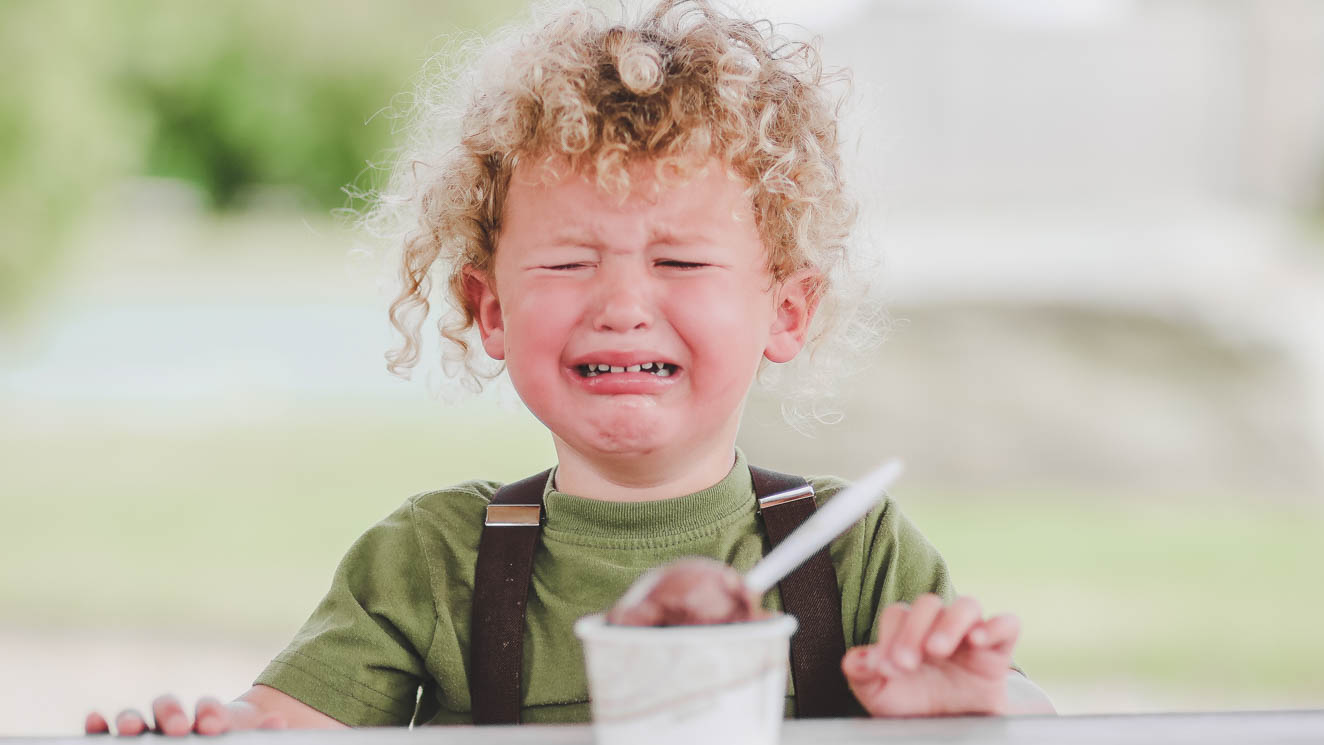

She glared at me, tears making little trails in the dirt down the sides of her face. Her cheeks, bright red, still had that toddler chubbiness, but her body was developing the leanness of a preschooler. Her hand was poised on her hip. At that moment she looked a lot older than she was.
“I’m not going!” We’d been at the playground for too long. Now we were both hot and sweaty. One of us was covered in dirt and the other seriously wished the car wasn’t so far away.
“It’s time for lunch, so we need to say goodbye to our friends,” I said, my voice probably higher-sounding than normal. There was a lot going on in my head and most of it was choice swear words. My heart was beating too fast. Did I mention it was so freaking hot?
My daughter dropped to the sand and covered her face with her hands, smearing the dirt around even more. “Nooooooooo!” she wailed.
I got a few sympathetic smiles from the moms standing by the swing set. I knew they got it. But, still, I wanted to scream. I’d already been arguing with a three-foot-tall girl in a messy ponytail and Minnie Mouse skirt for too long, and it took every ounce of my strength not to just get down there on the ground with her and have my own tantrum.
Instead, I forced myself to close my eyes. I took a long, deep breath, then let it out in a whoosh. I crouched down to get close to my daughter — which wasn’t easy to do with my pregnant belly, by the way — and said, in a much calmer voice than I was feeling, “I know you’re mad.” Full stop.
She pursed her lips and just looked at me, and there it was: the tiniest shift between us, an ever-so-slight de-escalation of the tension. In that sliver of space that had opened up, I noticed that my rage didn’t feel quite so boil-y. My daughter was still agitated, but at least I was once again the adult (rather than an out-of-control lunatic) talking to the child.
“I still want to playyyyyyyyy!” she eventually repeated, and I took another breath. She’s tired, I thought to myself. It’s OK. We’re both OK.
We slowly made our way back to the parking lot with me carrying her and huffing and puffing every step of the way, but at least she’d stopped screaming. We had reached some kind of cease-fire, for the moment, and I counted this as a win.
That thing I did — narrating my child’s emotion when she was in the heat of the moment — is a technique I learned in an Early Childhood Family Education (ECFE) class, a parenting program in our area that offers support to families in a play environment. The instructors said this does a few things:
1) It provides a time-out, not just for the child, but for me, too. I get a moment to stop cool down and think about what I want to say, instead of blurting out goodness knows what out of frustration.
2) It helps my daughter put a name to her feelings.
3) It lets her know that I understand those feelings — and those feelings are OK!
I’m not saying this move is foolproof. There are plenty of moments when I still lose it, moments when I’m just too hot-headed to be able to press pause because my child has just painted the curtains or kicked me in the shin. But it’s something I’m working on because it really does help. When I take a beat, I can shift my focus to her EMOTIONS rather than her BEHAVIOR. Many times, just that act of taking that deep breath followed by a simple verbal recognition of how she’s feeling is enough to get us both to a calmer place. Thankfully it also helps me get back to my “indoor voice,” which is a good thing, because whoever is using it is probably the one who can help calm the other.
I hope this will help my daughter to gradually feel more supported — and ultimately, more self-aware — in these moments. And my own mental health thanks me for this, too.







